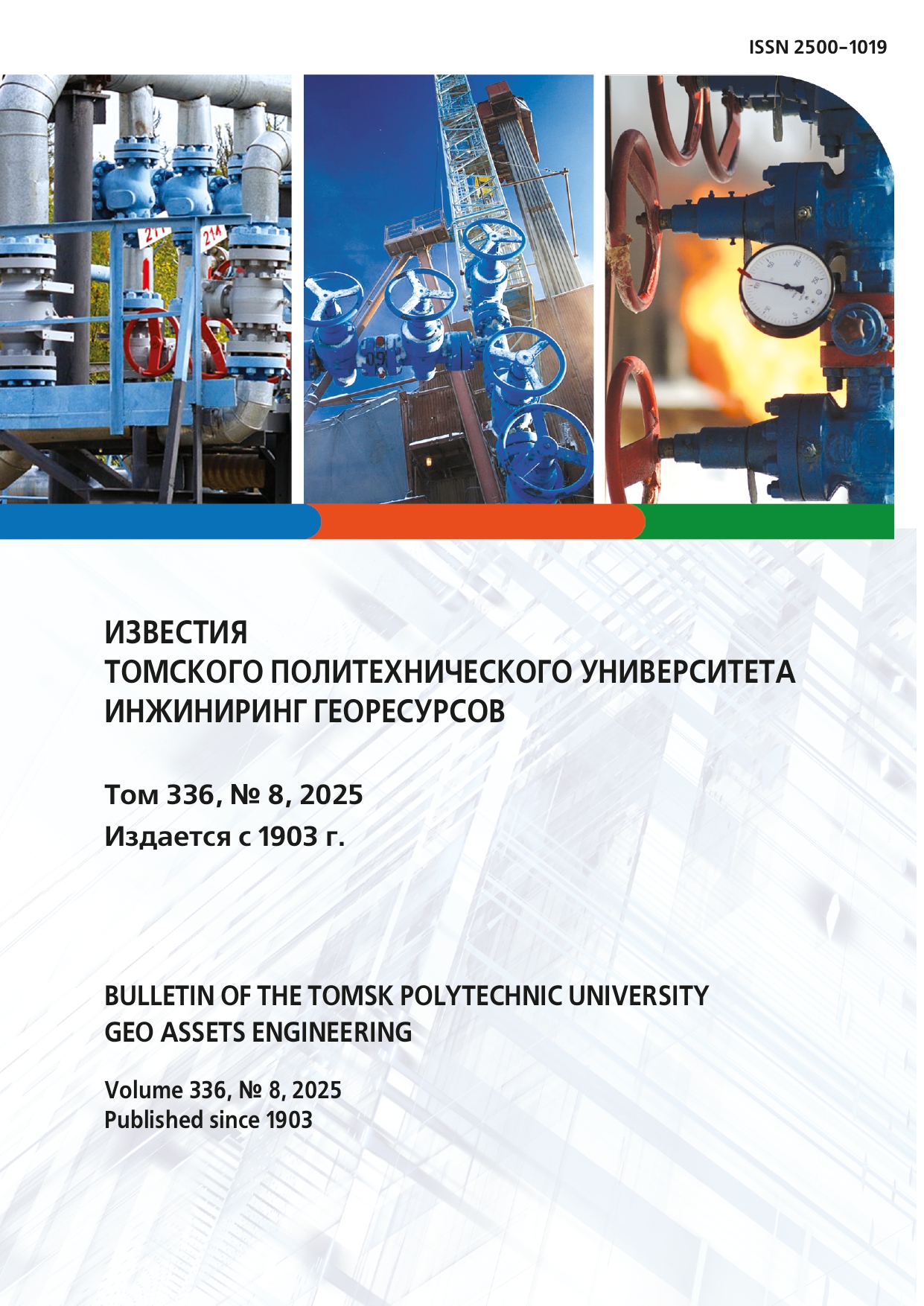Том 334 № 5 (2023)
DOI https://doi.org/10.18799/24131830/2023/5/4216
МИНЕРАЛОГИЯ РОССЫПНОГО МЕСТОРОЖДЕНИЯ ЗОЛОТА Р. ЗАСЛОНКА (ГОРНАЯ ШОРИЯ)
Ссылка для цитирования: Пшеничкин А.Я., Гаврилов Р.Ю. Минералогия россыпного месторождения золота р. Заслонка (Горная Шория // Известия Томского политехнического университета. Инжиниринг георесурсов. – 2023. – Т. 334. – № 5. – С.129-137.
Актуальность работы вызвана необходимостью восполнения минерально-сырьевой базы золота на основе комплексной информации, полученной за последнее время с использованием современной аналитической базы. Цель: изучение минералогического состава проб россыпного месторождения р. Заслонки (Горная Шория). Методы: минералогические исследования, кристалломорфология, рентгеноспектральный анализ, сканирующая электронная микроскопия. Объект: пробы шлихов россыпного месторождения золота реки Заслонки (Горная Шория). Результаты. Проведено изучение минералогического состава, в том числе морфологии золотин, проб чёрных шлихов на бинокулярном микроскопе МБС-10 и стереомикроскопе OLYMPUS SZX10, и шлаков после плавки золота при получении сплава доре на сканирующем электронном микроскопе Hitachi S-3400N. Сделаны микрофотографии разных типов золотин и других минералов. В результате исследований установлено, что подавляющее большинство золотин относятся к очень мелкому (68,71 %), а также к мелкому (14,69 %) и тонкому (12,47 %) классу крупности. Шлихи золота, после обогащения на флотационном столе, слаборадиоактивны за счёт, по-видимому, тонкой вкрапленности Th-U-содержащих минералов, что подтверждается изучением на электронном микроскопе шлаков после плавки золота при получении сплава доре, где установлены ураноторит, циркон и золото в виде зернистых сферул. Существует, по-видимому, три источника поступления золота в россыпь: 1) золото в «рубашке», покрытое тёмно-серыми, почти чёрными плотными плёнками, которое является более ранним золотом и имеющим, вероятно, более дальний источник сноса; 2) золото средней степени окатанности – уплощённое и комковидное золотисто-, тускло-жёлтого и серебристо-жёлтого цвета, источниками образования которого являлись среднетемпературные и средне удалённые кварцевые жилы района; 3) неокатанное золотисто-жёлтое золото, сформированное из близлежащих кварцевых слабо золотоносных жил. Бедный минералогический состав шлихов (и почти отсутствие окисленных минералов сульфидов, кроме пирита) говорит о наличии кварцевых малосульфидных среднетемпературных жил с низким содержанием мелкого золота в коренных рудах.
Ключевые слова:
россыпное золото, минералогия, кристалломорфология, элементы-примеси, Горная Шория





